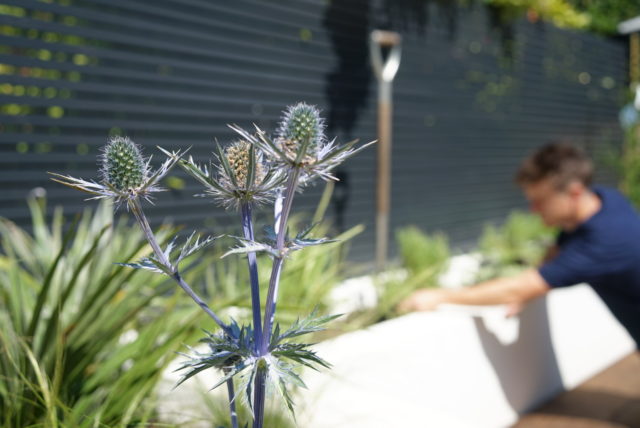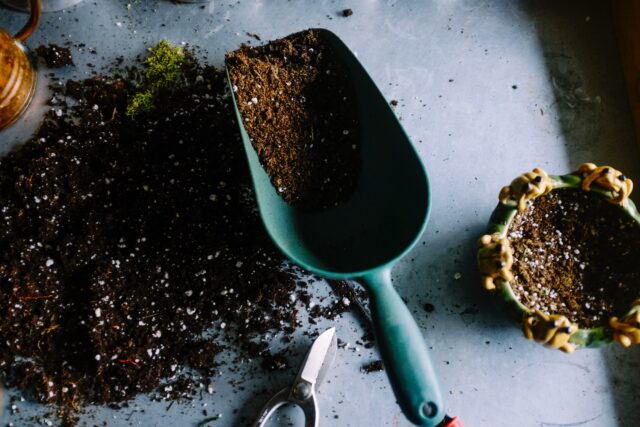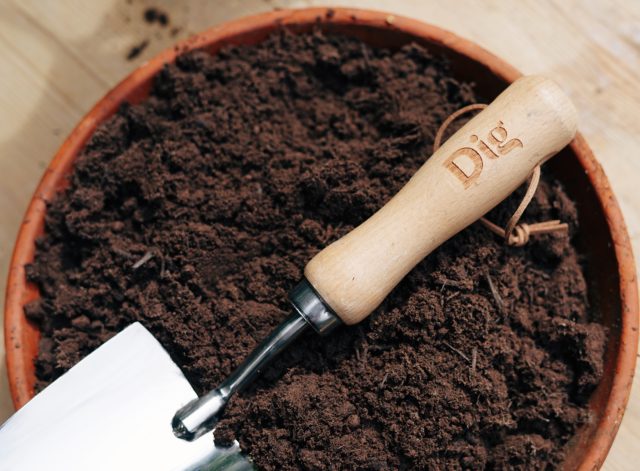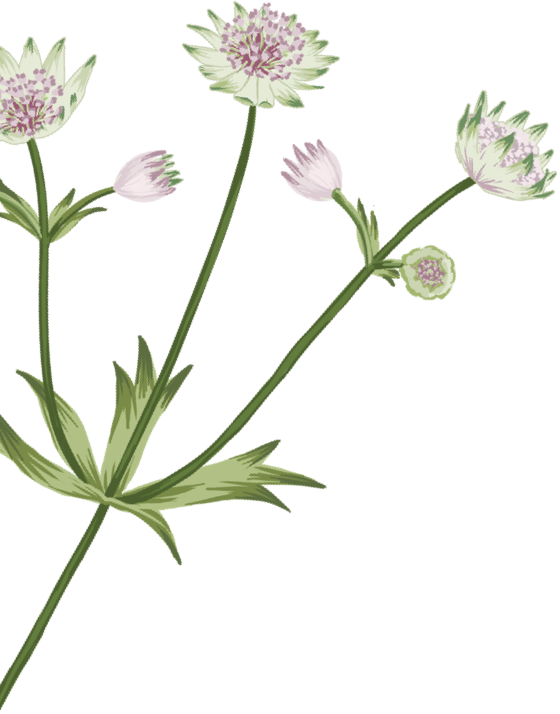Watering
In the balmy summer months, no matter how many times we say it, watering is always going to be the most important job to stay on top of. So, to make it a little bit easier… Remember…
- Water in the mornings or evenings to avoid unnecessary evaporation in the heat of the day – it also makes it a far more pleasant job for you temperature-wise
- Water the base of your plants to ensure it’s going where its most needed
- Contrary to that advice, every now and then, it’s also not a bad idea to give leaves a good showering too – especially if it’s been a while without rain. This helps keep them clean and photosynthesising effectively
- Use a watering can, ideally filled from a water butt, if you can to help conserve water. If you have a hose, be mindful of how much you’re using and try to avoid leaving it on unattended
- When you’ve finished watering, fill up the can again ready for next time – it will save you a trip and your future self will be, we promise you, beyond grateful
- Think about anything newly planted and give it extra attention. With less developed root systems, it will need more water than others to help it establish
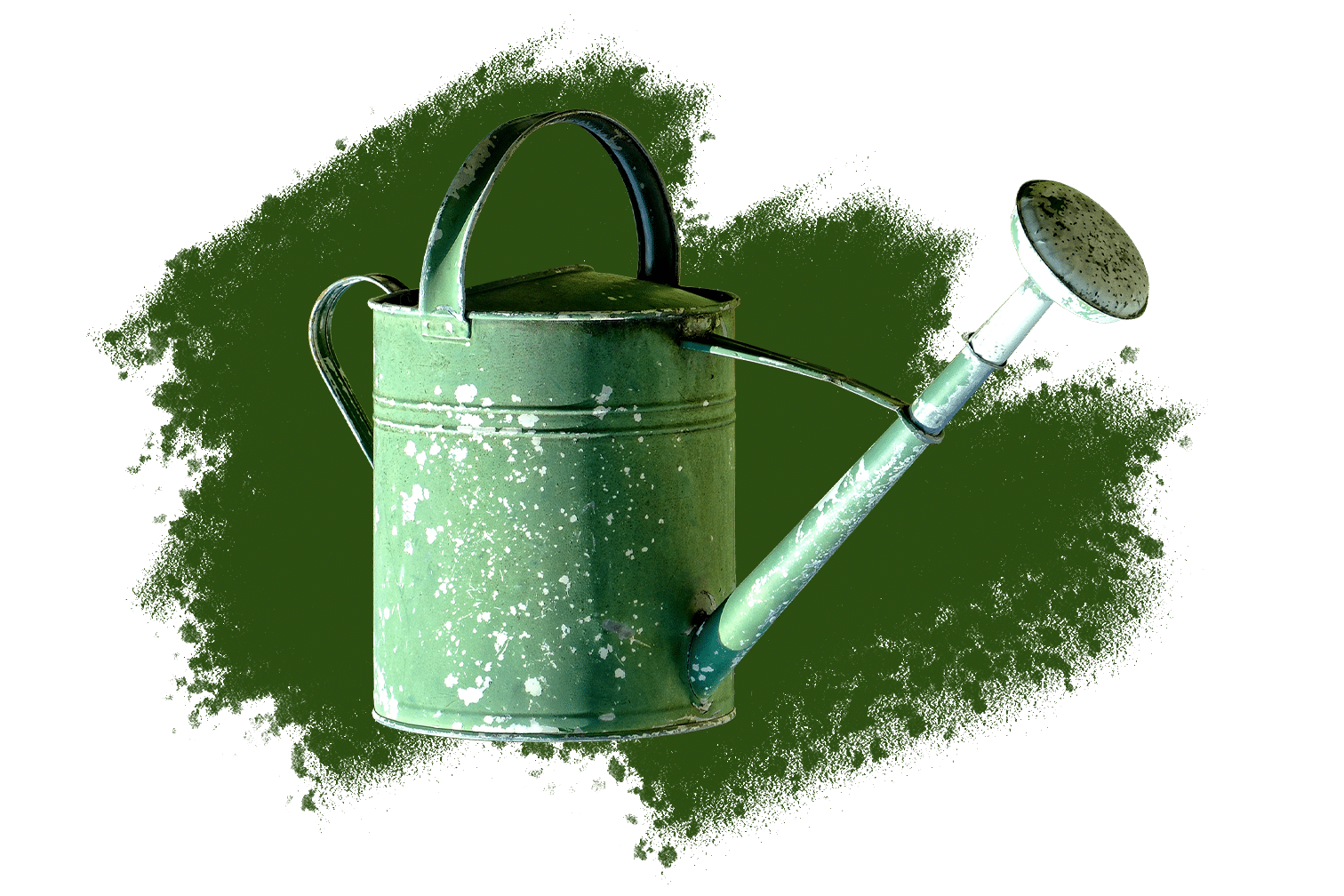
Deadheading to encourage more flowers
Plenty of plants will benefit from having spent flowers removed in late summer. Below are a few examples of plants to deadhead, and if there are any specific instructions for doing so:
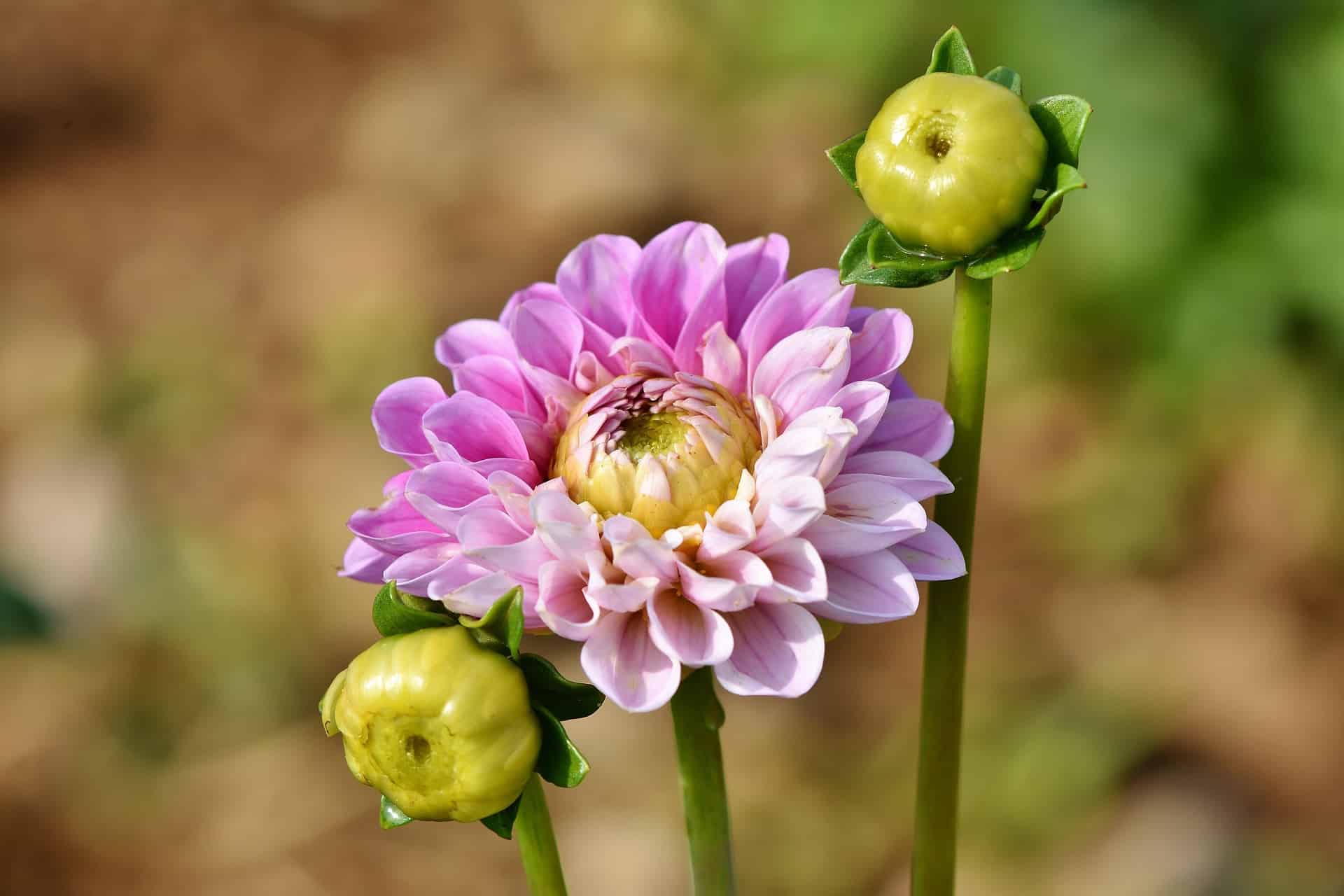
Dahlias – Once a Dahlia flower is spent, removing it can help the plants energy go into the existing blooms. Remove the entire stem that the spent flower sits atop of with a pair of snips or secateurs. Remember that spent flower buds will be pointed, whilst flowers yet to emerge will be rotund and rounded like the ones above
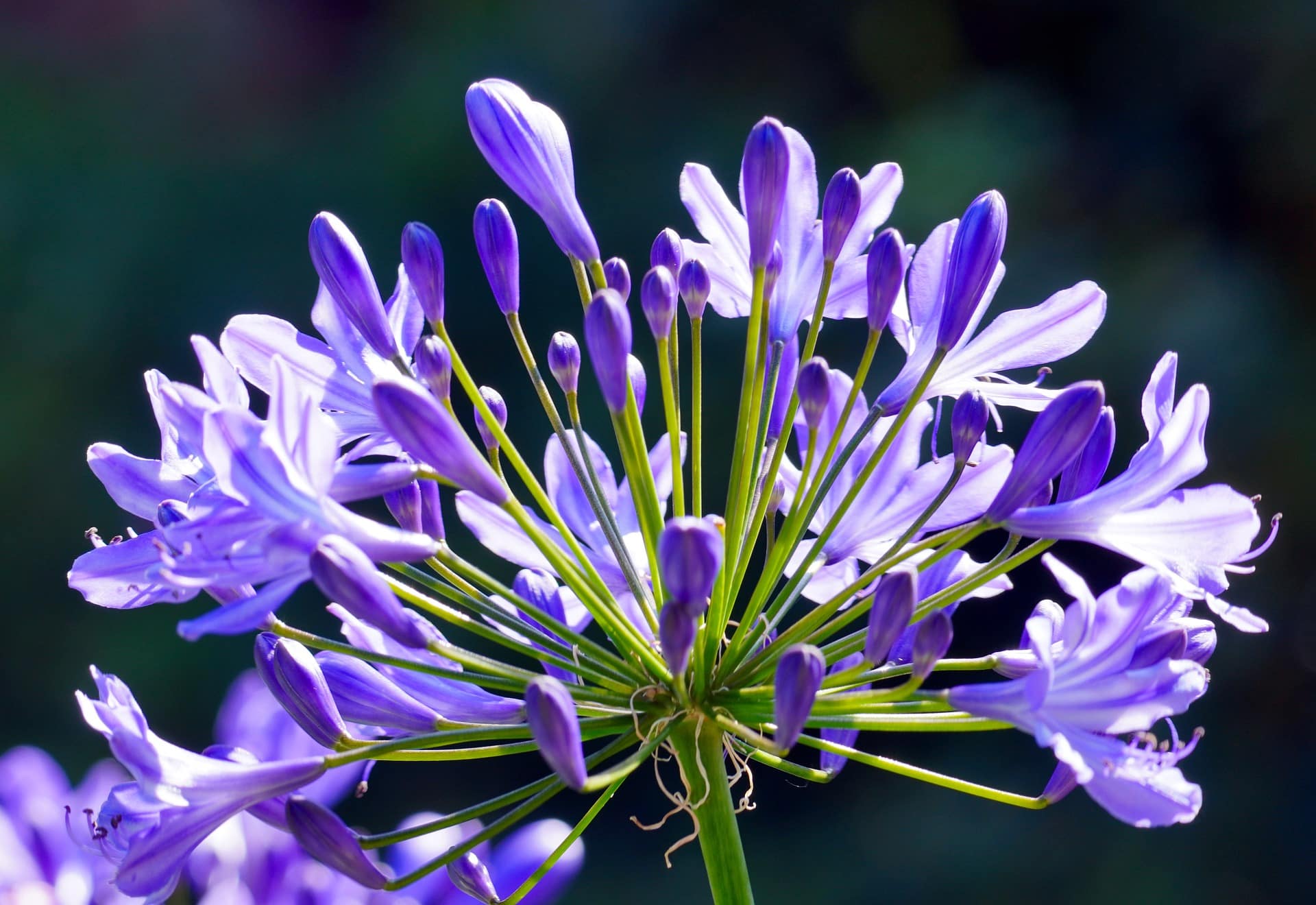
Agapanthus – These beautiful blue and white blooms are with us fleetingly but deadheading can extend their life a little bit. Remove the entire stem as with the Dahlias above.
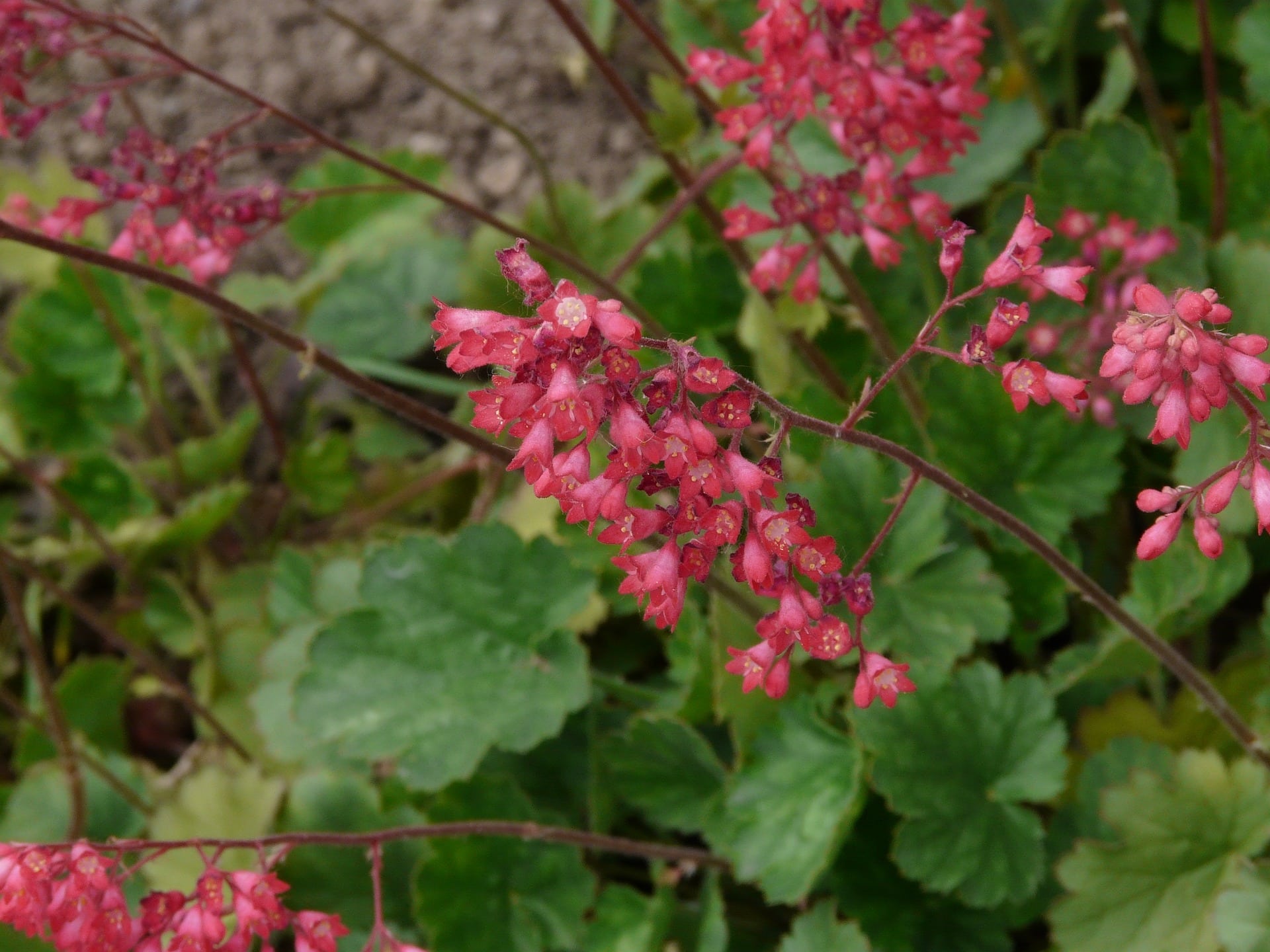
The tall stems of tiny bell-shaped Heuchera flowers are complemented by the varied often beautiful tones of the leaves below.
Heuchera – Many Heucheras will have now flowered for a second time, if the spent flowers have been removed in good time the first time around. This process keeps things looking neat, encourages more flowers and channels more energy into the equally attractive leaves. With Heuchera, snip off the entire flowering stem once it’s done.
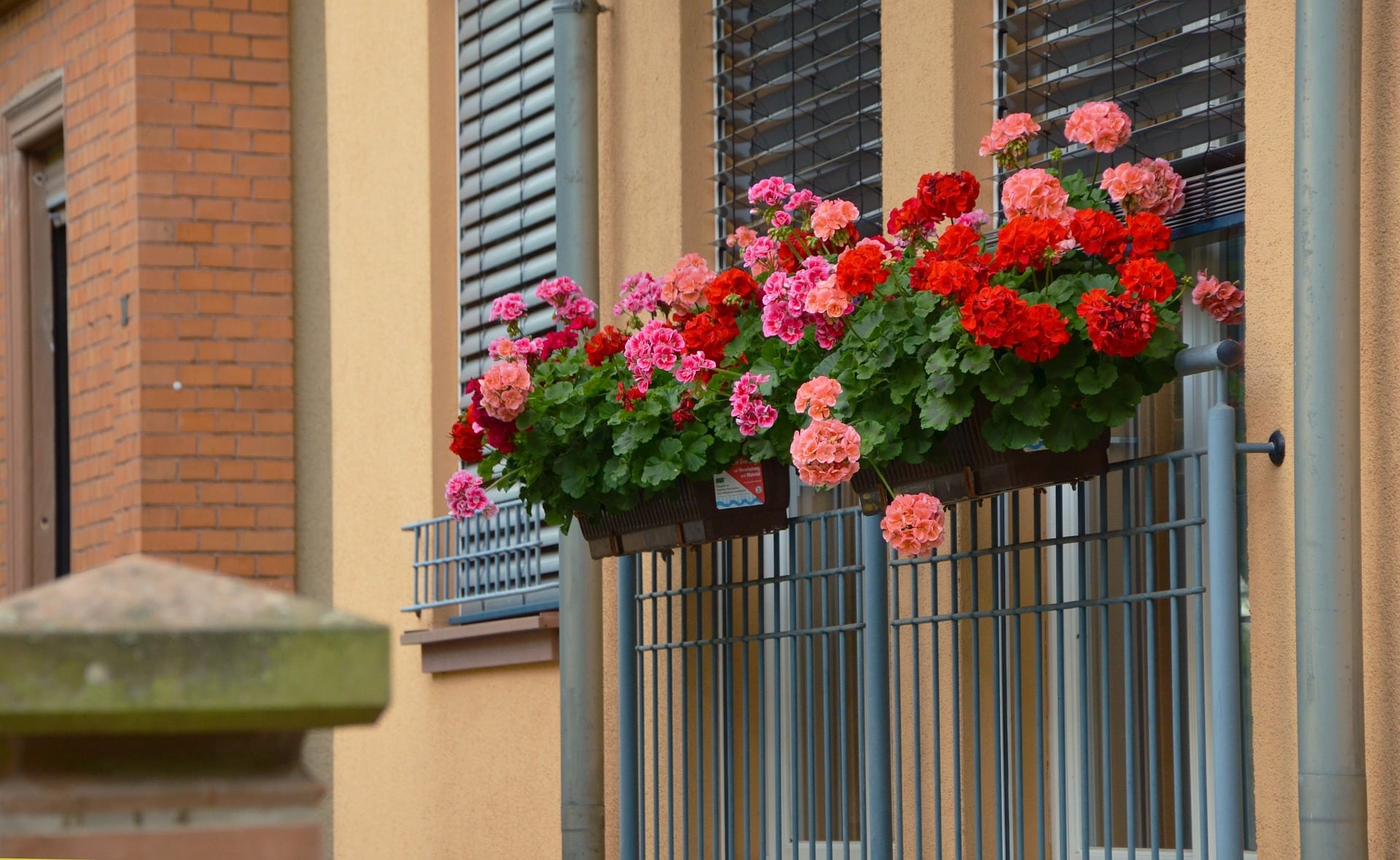
Geraniums – These garden stalwarts are the poster children for deadheading. They really benefit from dead flowers being removed which actively encourages new blooms to form, sometimes immediately, sometimes in waves. Snip off close to a joint or leaf node (a join in the stem to another)
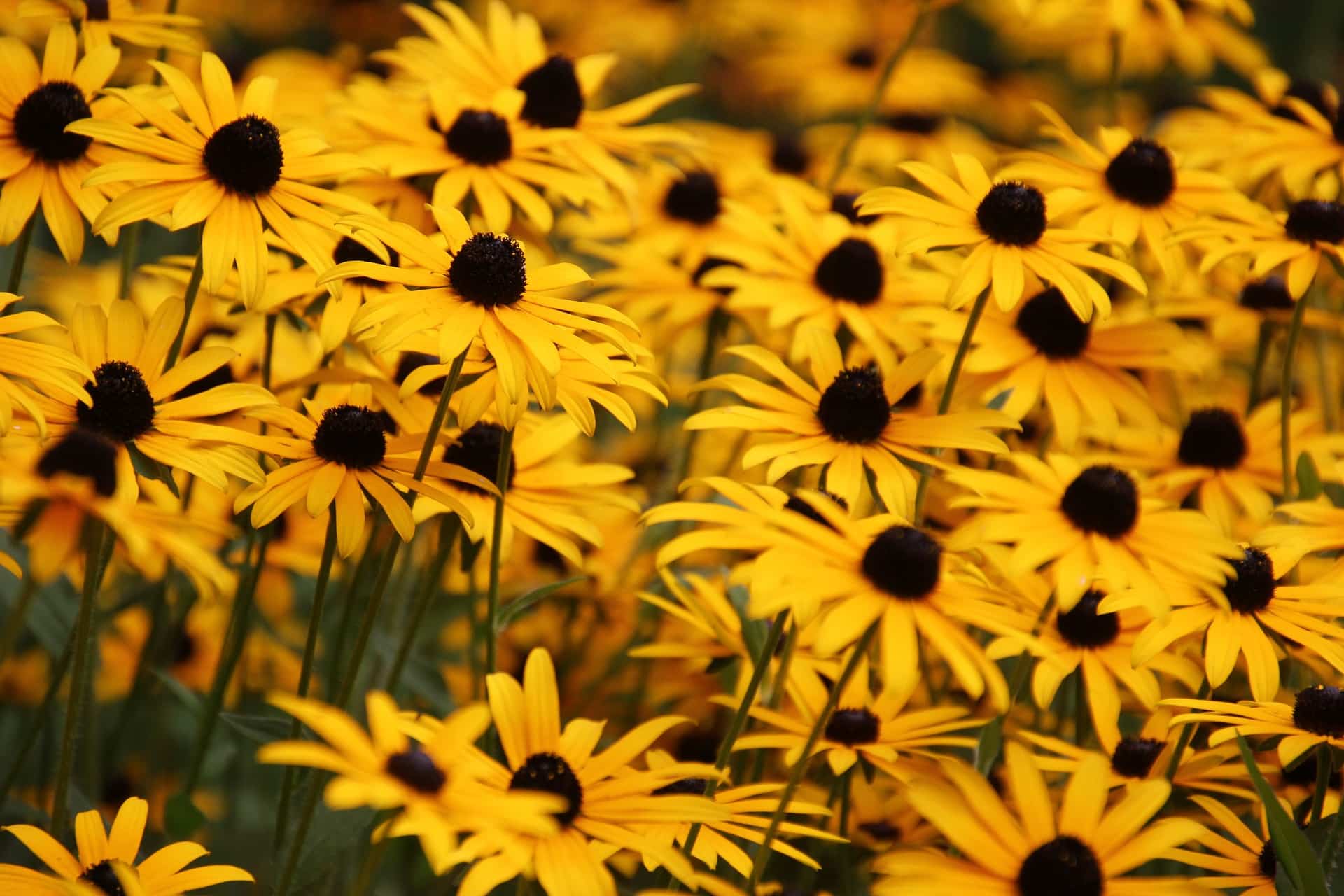
Rudbeckia – Late summer flowering, bright yellow Rudbeckia produce tonnes of flowers around now. Simply snip off the heads of dead flowers to keep them going for longer
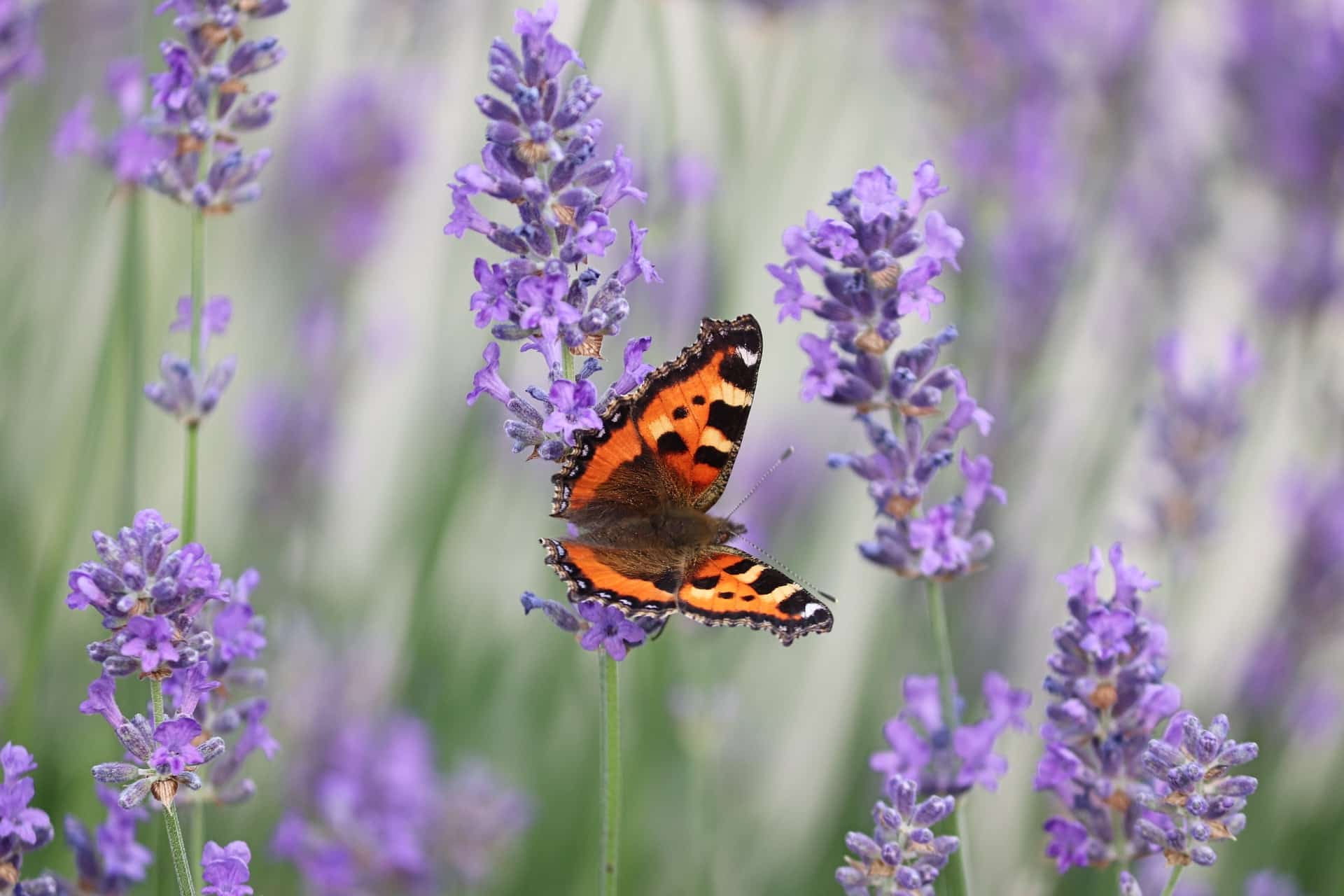
Lavender – Snip off old flowers to help keep the shrub’s shape, avoid straggly growth and, if you dry and place the flowers into a vase, introduce some of the aromatic fragrance into your home. When pruning back your lavender, cut only into the new ‘young’ growth and avoid the older woodier parts of the plant – if it looks like a stick on the inside or out, try a bit further away from the bottom of the stem you’re trimming.
Display cut flowers
With summer blooms in full swing, as well as deadheading, you can strike a little earlier and cut flowers when they’re at their best. It’s always rewarding (and often cheaper!) to cut flowers and foliage for an indoor arrangement. Cut selectively and place into a bucket of water as soon as cut to avoid any wilting before you make your display. Dahlias, Rudbeckia, Astrantia, Echinacea and lots more should all be ready or approaching fully bloomed at this time of year.
Pruning and trimming evergreen hedges
Any evergreen hedging can be pruned at this time of year, now that birds will have finished nesting. Whether it’s a neat Taxus baccata ball-shaped shrub or a lollipop-shaped Bay tree, a prune to keep things looking neat is a perfect late summer job.
As a broad rule, evergreen shrubs can be pruned now, but deciduous shrubs often need pruning at other specific times of year. If a shrub or a tree in your Dig garden looks like it needs cutting back, or re-shaping but you’re not sure when to do it, drop us a message by email or via Instagram direct message and we’ll be happy to advise.
Neatly shaped evergreen shrubs for a refined, modern look are central to our theme The Classic – which you can read more about here.
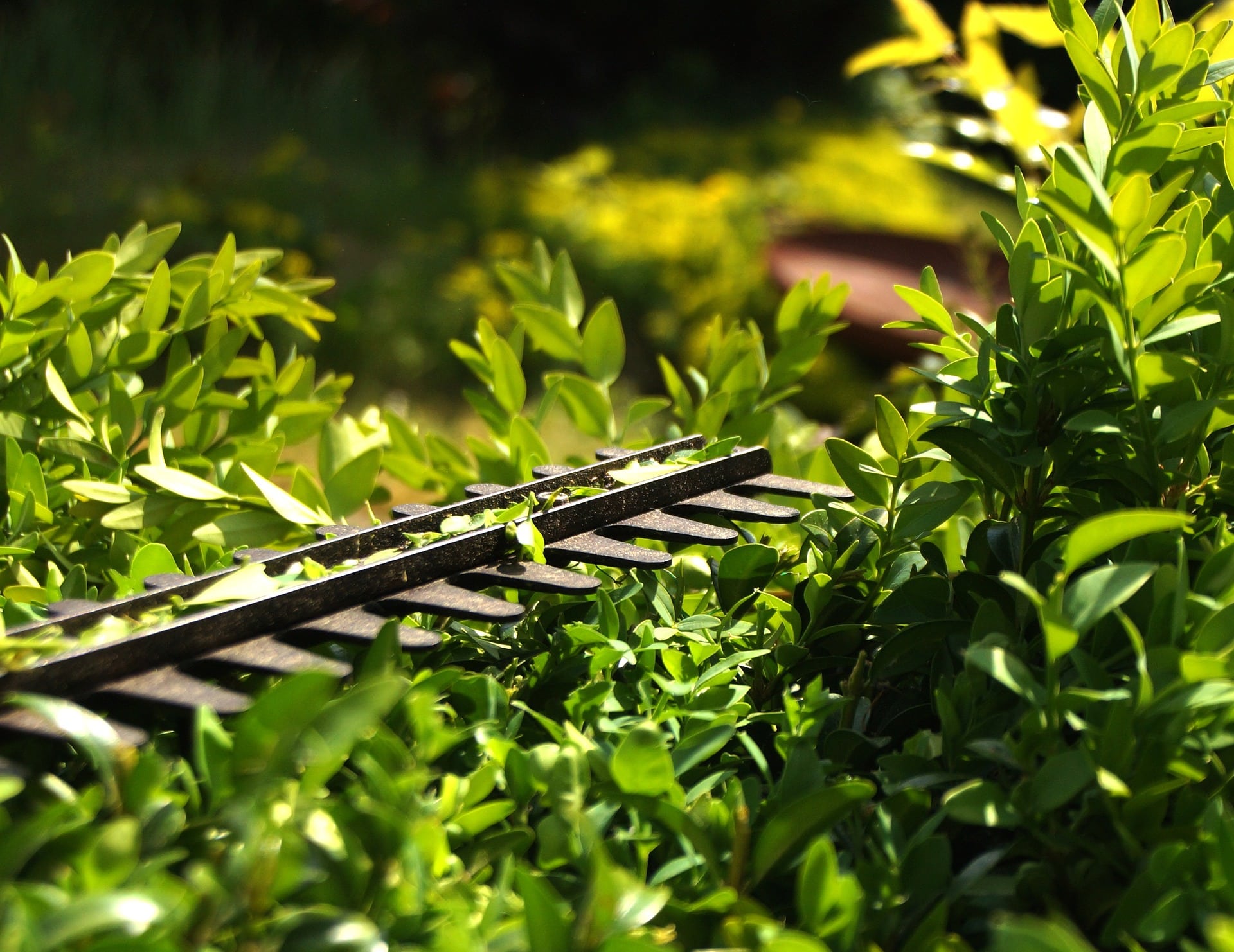
Introduce colourful annuals and perennials to fill gaps
As we move through the seasons, gaps can appear and disappear as plants emerge and recede. If you have any glaring gaps that need filling, consider some colourful and affordable annuals or, if a gap looks permanent, consider some colourful flowering perennials from your local garden centre. Any flowering perennials in bloom now will add a bit of instant colour to your garden and continue to give you the same colour and enjoyment year on year if planted in the right spot.
If you’re adding new colour to your garden in addition to your Dig bed, consider the colours you have already and what will complement them. Don’t forget to check the label for any care tips and whether it prefers sun or shade too! This will help you choose the right plant for the right place.

